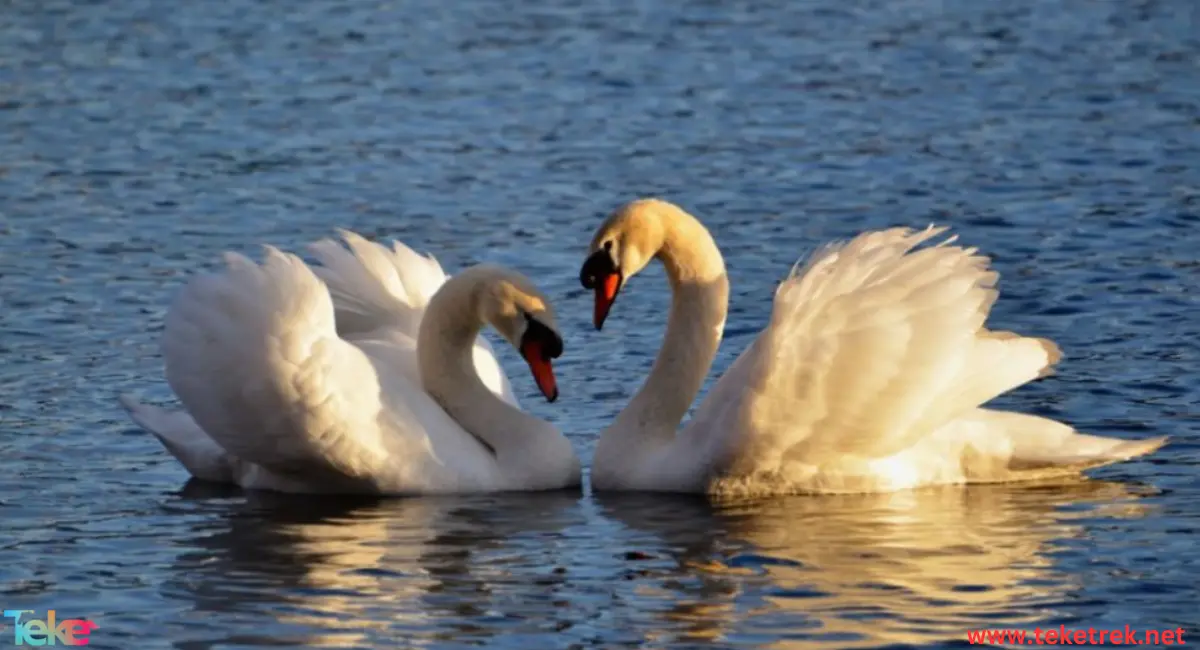The tam is a long-necked bird with a voice like the sound of a trumpet. It is white in color with an orange beak. It lives in water ponds, while the wild ones wander around the world and visit the Nile Delta in the winter.
Below in TekeTrek we talk about describing this bird, how it lives, reproduces, and feeds, and we list the most important facts about it.
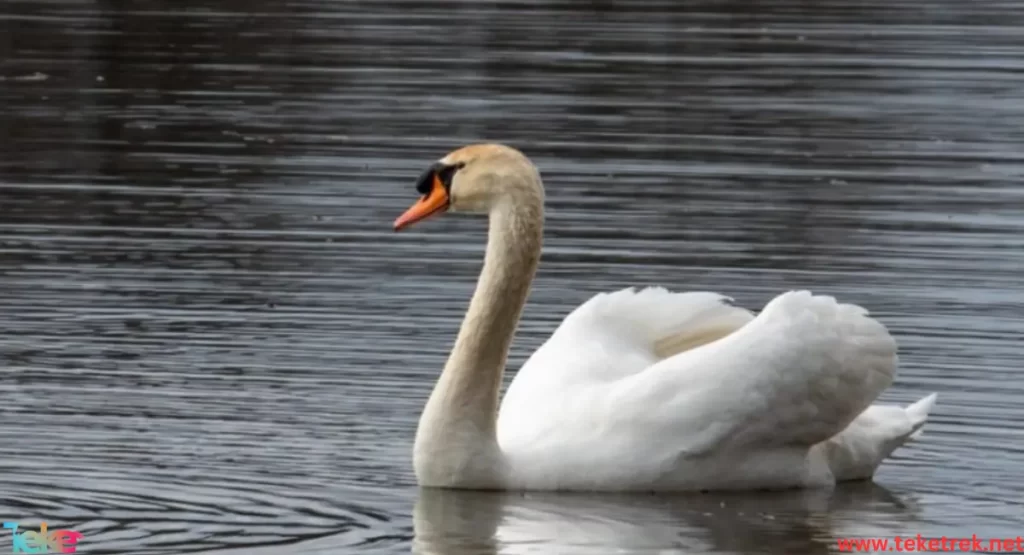
An introductory overview of Al-Tam
- The swan, or Iraqi geese, or Mute swan, or scientifically Cygnus olor, belongs to the Anatidae duck family, and the Anseriformes order.
- It is a large white waterbird and one of the heaviest birds in the world, with its speed ranging from 50 to 88 km/h.
- The tamam flies by extending its neck forward and beating its wings slowly and regularly.
Description of the tam
The tam bird is beautiful and elegant in appearance and is bright white:
- It has a long, S-shaped neck, and an orange bill with a black base.
- Their legs and tails are short, and their beaks are straight.
- Its length ranges from 140 to 160 cm.
- Its weight ranges from 10 to 12 kilograms.
- Its wingspan ranges from 208 to 238 cm.
- The young have dull gray beaks, while their bodies are grey, orange or brown.
- Its body is covered with soft, matte feathers, with abundant down underneath.
- Its feathers are long on the back, and short and thick, similar to the belly.
- The legs are close to the rear like a duck’s, so he cannot walk on the ground. His toes have membranes between them, which helps him swim.
- The tip of its upper jaw resembles a nail, which helps it cut grass, weeds, and aquatic plants.
Habitats of birds of prey
The tam lives in aquatic habitats:
- It is found in freshwater ponds, slow-flowing rivers, coastal bays, inland lakes, and swamps.
- It is found in the continents of Europe and Asia, which are considered its original home, and you can also find it in North Africa.
- Some individuals have also been introduced into other regions of the world, such as the continents of North America and southern Africa, and parts of Oceania (Australia and New Zealand).
- In addition, the tamam is a migratory bird that moves to more temperate areas in the winter.
Food
- The tamarind is a carnivorous animal that feeds mainly on aquatic plants, insects, and snails.
- It can eat eelgrass, sea lettuce or ulva, wigwam grass, and algae.
- It can also eat aquatic insects, frogs, molluscs, and fish.
- The swan gets its food from deep water, so it does not compete with others for food.
Reproduction at maturity
Tames reproduce in the period ranging from monthly to early April, as the males choose the nest site, then create it using aquatic plants, feathers, and gravel, as their nests are large.
- The tamam begins to reproduce when it reaches three years of age.
- The tamam is a monogamous bird, as it stays with the same pair throughout its life, but divorce sometimes occurs when it fails to nest.
- The female lays an average of four to six eggs.
- Then she incubates it for 36 to 38 days.
- After the eggs hatch, the mother leads the young to the water, teaching them how to swim and how to obtain food.
- After several months have passed, the young are able to make their first migration.
The bird of prey and extinction
Mountain tamarisk numbers are stable and have increased over the past five years, but due to environmental pressures it is not realistic to try to maintain a certain abundance of all species.
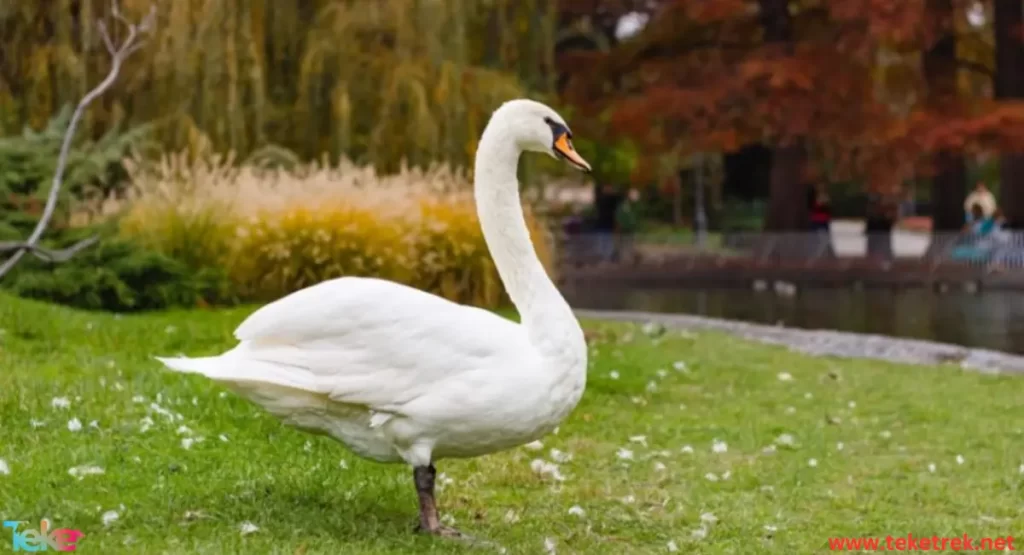
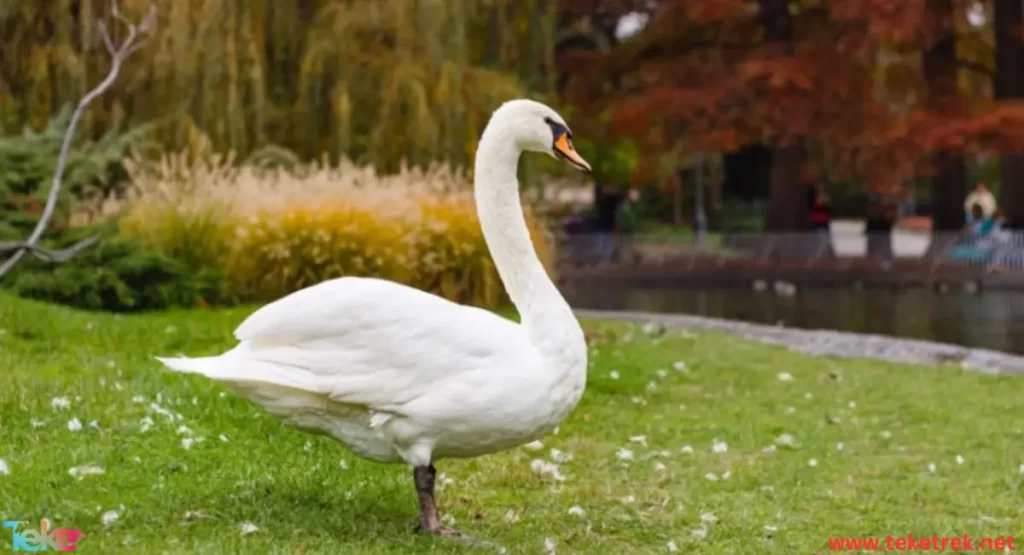
Interesting facts about the tamarind bird
Among the most important interesting facts about the tamarind:
- The tamarisk bird lives in the wild for an average of 20 to 30 years.
- There are six species of tamarins, four of which are white adults spread around the world, another black species that lives in Australia, and the last black-necked species found in South America.
- The most famous type of tamam is the white tamam. It lives in northern Europe and is called the “mute tamam,” because it does not make loud sounds.
- The white species is known in the Arab region as the “white tam,” and in Egypt the “Iraqi goose,” which is a migratory species that moves to the Arabian Gulf and Egypt in the winter.
- The tan is called a swan in English, but it is not a swan.
- The tam lives in close-knit groups, where the male and female are linked in a lifelong marital life.
- Pairs build large, irregular nests in the water or floating on its surface.
- It resembles the tamarisk bird, but differs from it in its larger size, and its necks are longer, such that they bend them when they stand and extend them when they fly.
- The long petioles of the tamarisk help it reach plants submerged in water.
- It prefers to start its flight from the surface of the water, and return to it after flying.
- The tamam can fly powerfully, beating its wings slowly and regularly, and can travel great distances on long journeys.
- When the tam begins to fly, it hits the water with its feet and the tips of its wings, until it gains speed before rising, just as it runs on the ground before rising.
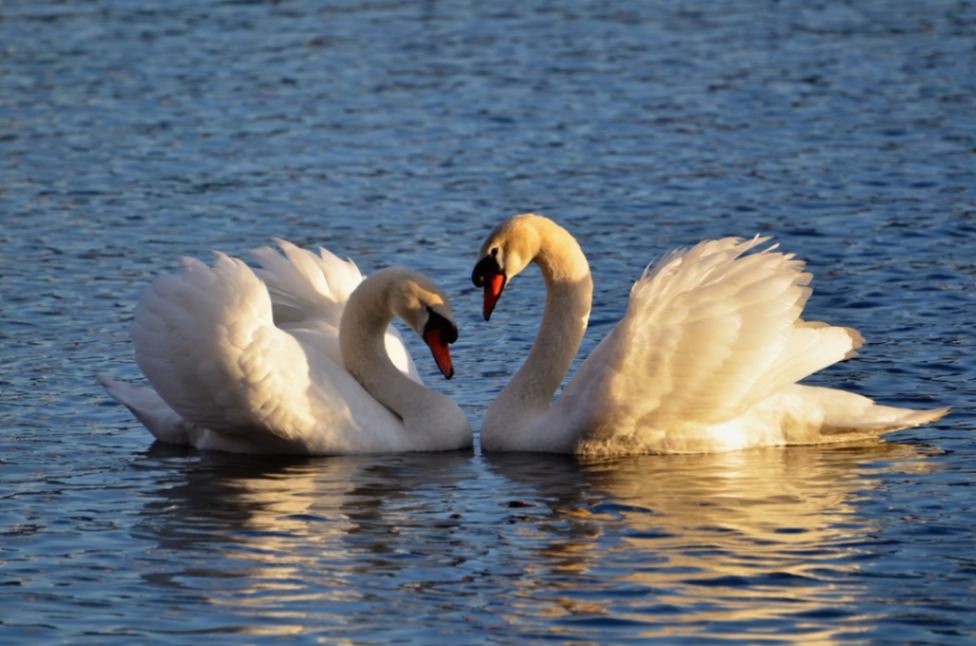

FAQ
One of the most common questions about the tamarind bird
- What is the current situation?
The tamarisk is in good condition at the moment, it has been well studied.
- What is a tame bird?
A tame bird is a bird that has been trained or socialized to be comfortable around humans and interact with them.
- How to tame kakariki?
Kakariki can be tamed through positive reinforcement training, spending time with them, and providing them with treats and toys.
- What is the cutest bird (tame bird)?
The cutest tame bird is subjective and can vary from person to person, but some popular choices for cute birds include lovebirds, cockatiels, and budgies.


In short, the tamarind is a carnivorous, herbivorous animal from the bird family that reproduces by laying eggs and inhabiting aquatic habitats.

